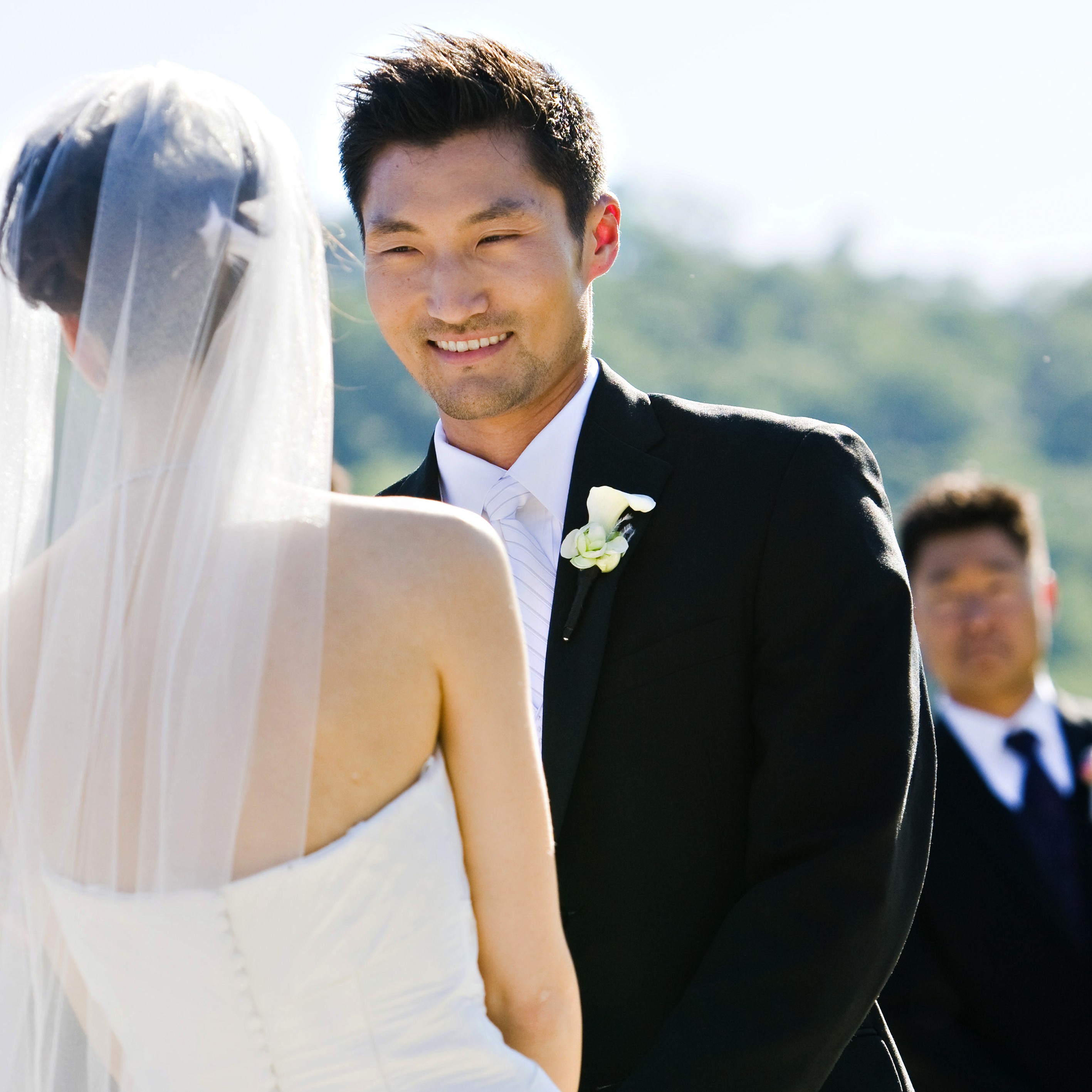Glossary
ambient light The natural light in the scene. Also referred to as available light.
angle of view The amount of the scene in front of the camera that a specific lens sees. It is also referred to as field of view.
aperture The lens opening that the light passes through before reaching the sensor in the camera. The aperture can be adjusted by controlling the diaphragm, which is done by changing the f-stop. This is expressed as f/number — for example, f/5.6. The size of the aperture is one of the controls that determine the amount of light that can reach the camera’s sensor. The aperture also controls the Depth of Field. See Depth of Field.
aperture priority mode A semiautomatic exposure mode in which the photographer sets the aperture and the camera sets the shutter speed.
artificial light Any light that the photographer introduces into a scene.
aspect ratio The proportions of the image captured by the camera, calculated by dividing the width of the image by the image height.
auto mode In this mode the camera sets the shutter speed, aperture, and ISO to achieve the correct exposure.
autofocus The camera automatically adjusts the focus to keep the subjects in focus.
backlighting A method of lighting where the main light is placed behind the subject. Also see silhouette.
barrel distortion An effect that causes straight lines to bow outward, especially at the outer edges ...


